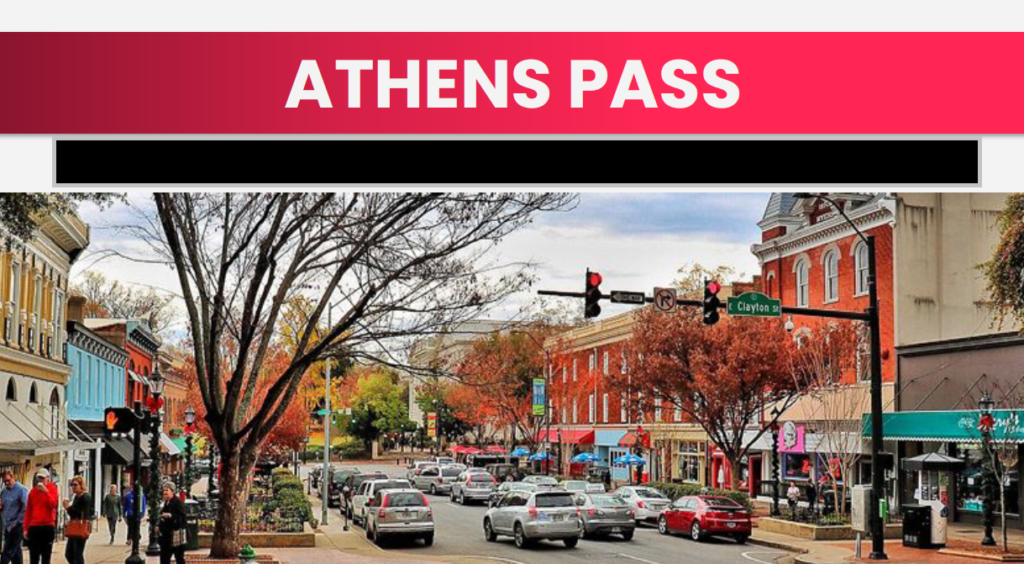UX Strategies was an essential foundation for UX design and research. The class focused on human-centered design, conducting user research, practicing prototyping, and evaluating usability metrics. I was stoked when I saw that UX Strategies was being offered because UX is a career path I have considered. This class instilled the desire to pursue this career, or at least continue learning more about it. This class highlighted the skills I already have and taught me valuable skills necessary for UX. I got to practice my qualitative research skills, and I learned how to use Figma, a popular prototyping tool.
Featured Work
For this project, I used Figma for the first time. Our assignment was to create an MVP (minimum viable product) travel-related app. I decided to focus on creating an app to find stops along a road trip for you and your dog. I wanted to make something simple and fast. I started with a lo-fi prototype, just sketching out various important pages. I then moved onto a “medium-fidelity” prototype where I started focusing on color schemes, fonts, and the overall rough design of each page. Finally, I created a hi-fi prototype that included interaction so that users could test the core functionality of the potential app.

UG-Ability Testing (Usability Testing Practice)
For this assignment, I got to hone the interviewing and user testing skills necessary to improve products for clients. I walked my “client” through a brief in-depth interview, three success/fail tasks and four timed tasks. The test ended with the system usability scale. Afterwards, I analyzed the UX metrics I collected throughout the test.

Athens Pass (Group Project)
For this project, I worked with a team of three other students to design an MVP hi-fi prototype of an app that supplemented the Athens-Clarke County Convention and Visitors Bureau. Our goal was to create a mobile-friendly guide to Athens, GA that would allow visitors to quickly find places to go and things to do in the area. For this project, we used all of our new skills, but we also practiced working as a team remotely. We created a lo-fi then hi-fi prototype, recruited and tested users, analyzed the results of the qualitative and quantitative data we collected, then brought it all together for a presentation to our shareholder.
